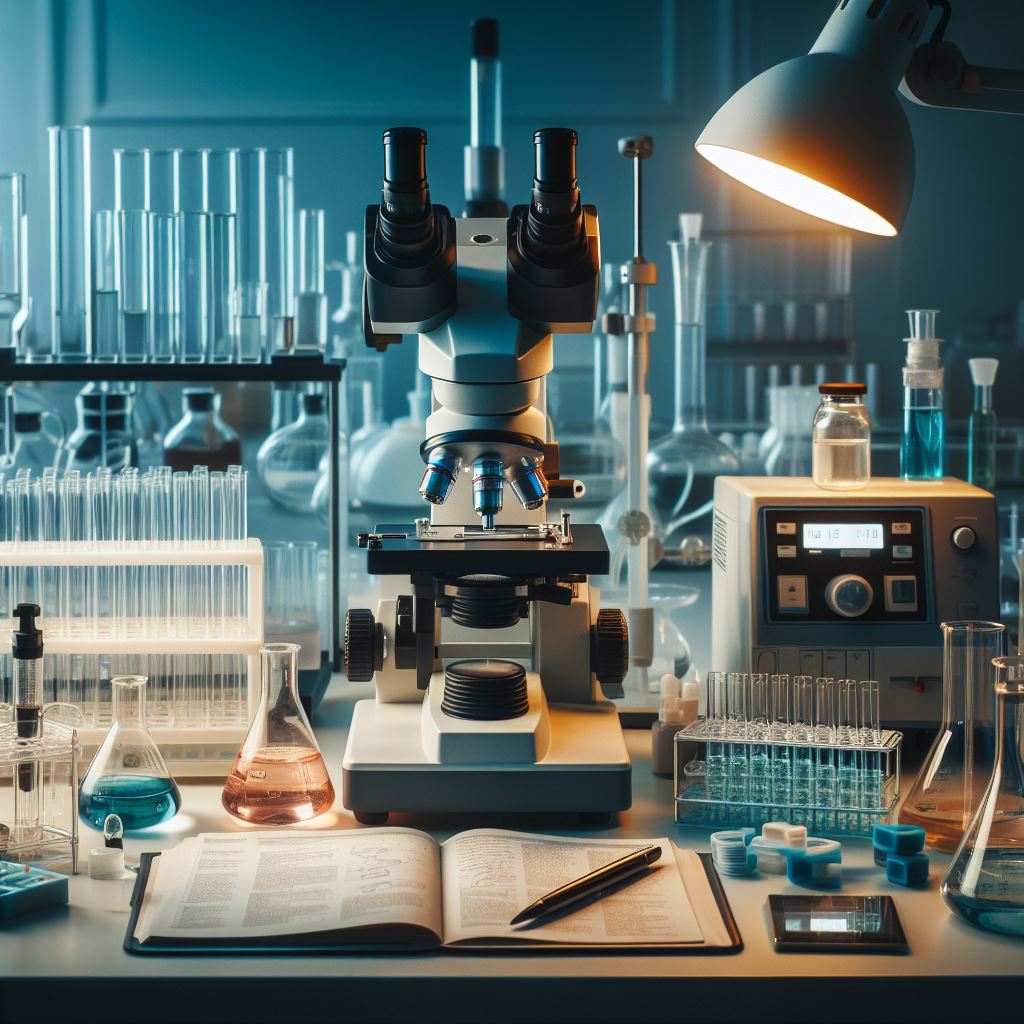
Whether you’re setting up a new laboratory or upgrading your existing equipment, choosing the right instruments is crucial for the success of your research endeavors. In this blog post, we’ll delve into the key points you need to consider to ensure you make the best choices when investing in lab supplies and equipment. From assessing quality and reliability to understanding technical specifications and budget constraints, we’ve got you covered.
Before diving into the purchasing process, clearly define your requirements. Consider factors such as the type of experiments you’ll be conducting, the volume of samples you’ll be handling, and any specific features or functionalities you need from the equipment.
Quality and reliability are paramount when it comes to lab equipment. Look for reputable brands known for producing durable, high-quality instruments that can withstand rigorous use in a laboratory environment.
Take the time to thoroughly review the technical specifications of each piece of equipment you’re considering. Pay attention to parameters such as accuracy, precision, resolution, and operating range to ensure they align with your experimental needs.
Equipment that is ergonomic and user-friendly can enhance efficiency and productivity in the laboratory. Look for features such as intuitive controls, ergonomic designs, and user-friendly interfaces that make operation and maintenance hassle-free.
Budget considerations play a significant role in purchasing decisions. Determine your budget constraints upfront and explore equipment options that offer the best balance of quality, features, and affordability within your budgetary limitations.
Investing in lab equipment is a significant investment, so it’s essential to protect your investment with warranties and service contracts. Look for suppliers that offer comprehensive warranties and service agreements to ensure prompt maintenance and support when needed.
Don’t hesitate to seek input from colleagues, peers, and industry experts who have experience with the equipment you’re considering. Their insights and recommendations can provide valuable guidance in making informed purchasing decisions.
Anticipate future growth and expansion of your laboratory and consider the scalability and compatibility of the equipment you’re purchasing. Opt for modular or expandable systems that can accommodate future upgrades and expansions seamlessly.
Purchasing lab equipment requires careful consideration of various factors to ensure you make informed decisions that align with your research needs and budget constraints. By defining your requirements, assessing quality and reliability, evaluating technical specifications, considering ergonomics and user-friendliness, factoring in budget constraints, exploring warranties and service contracts, seeking input from peers and experts, and considering future expansion and compatibility, you can confidently navigate the purchasing process and invest in the right equipment for your laboratory.
Ready to upgrade your lab equipment? Contact us today to discuss your specific needs and find the perfect solution for your laboratory requirements!